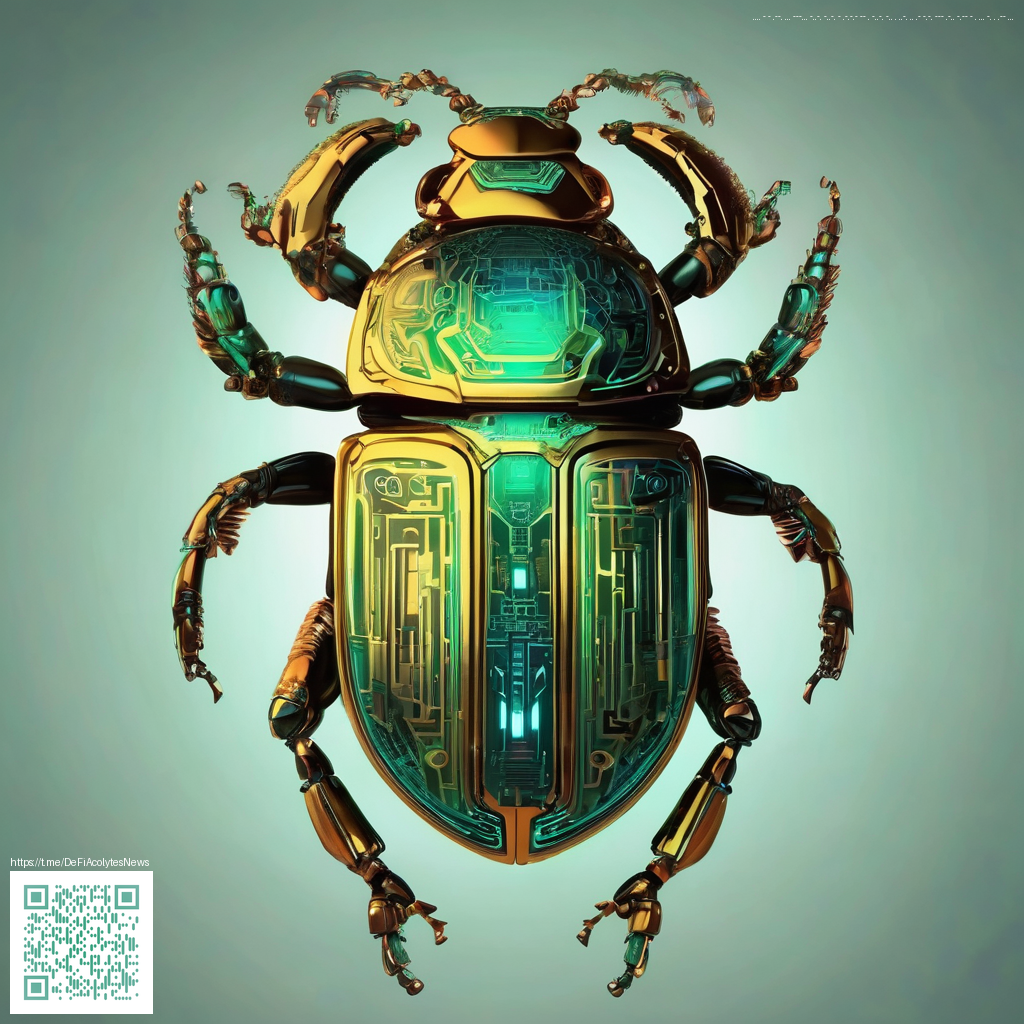
Color Psychology in Digital Design: How to Tap Into Mood, Trust, and Action
Color is more than just decoration on a screen—it's a fast-moving language that speaks to users in milliseconds. When you choose a palette with intention, you guide attention, shape perception, and influence behavior without a word being spoken. In a digital world crowded with options, mastering color psychology can be the difference between a user who stays, engages, and converts, and one who clicks away. 🎨✨
Color as a Narrative Device
Every hue carries a cultural and psychological cue. Blue tends to evoke calm and trust, red signals urgency and action, green nods to growth and safety, and purple can imply luxury or creativity. But the real magic happens when you combine hues with context—contrast, brightness, and saturation—to tell a compact story about your brand and product. When users glimpse a well-chosen palette, they don’t just see a design; they feel a mood, a promise, and a direction. 🧭💡
“Color communicates intent faster than words.”
From Palette to Path: Practical Rules of Thumb
Color choices should align with four core goals: visibility, emotion, accessibility, and consistency. Consider these practical rules as you design:
- Visibility first: Ensure high contrast for text and critical UI elements so users can read and navigate with ease. 🕶️
- Emotion with intention: Use color to set expectations—trustworthy blues for finance, energetic oranges for action, and calm greens for wellness apps. 🌱
- Accessibility matters: Test color pairings for sufficient contrast and consider adding non-color cues (icons, labels) so information isn’t color-dependent. ♿
- Consistency over novelty: A steady color system reinforces brand and reduces cognitive load as users move through screens. 🔗
A Palette Playbook for Digital Interfaces
Think of color roles as actors in a short scene—with each hue playing a part that supports your message. Here’s a compact playbook to guide your decisions:
- Base color: The anchor that grounds the design and communicates your brand personality.
- Accent color: A strategic highlight that draws attention to important moments (CTA, price drops, success messages).
- CTA color: A color that invites action but remains accessible against the surrounding UI.
- Neutral or background: Subtle hues that help foreground content breathe and reduce visual fatigue. 🎯
In practice, you might pair a confident navy base with a vibrant coral accent to signal trust while inviting exploration. Or lean into a cool teal and electric lime to convey freshness in a health-tech or fitness context. The key is to test and observe how real users respond in context, not just in theory. 🧪👀
Design for Real People: Accessibility and Inclusive Color
Color should never be the sole carrier of meaning. Use typography, icons, and patterns to reinforce messages, especially for color-blind users or those on bright mobile screens. Accessibility checks aren’t optional add-ons; they’re essential to ensure a positive experience for every visitor. In addition to contrast, consider how color changes with brightness modes and different devices—what looks harmonious on a desktop might need adjustments on a quick-scroll mobile session. 📱❤️
Seasonal Trends vs. Timeless Color Systems
While fashion palettes shift with seasons, successful digital brands lean on durable color systems. A well-structured palette remains legible and legible across contexts—web, mobile, email, and ads—without feeling jarringly trendy. If you’re experimenting with bold hues, pair them with neutral anchors and consistent typography so the design remains readable and trustworthy even as you push creative boundaries. 🌈🧭
Case Study: A Neon-Inspired Accessory as a Small Yet Insightful Test
Businesses often explore color in the wild through small, tangible products or samples. For example, a neon-themed accessory line could serve as a playful, vivid case study for color saturation, contrast, and branding across digital storefronts. If you’re curious to dive into a ready-made example, you can explore the Neon Card Holder Phone Case MagSafe Polycarbonate product for inspiration and practical cues about how bold color choices translate into product aesthetics and customer perception. Product link 🔗💡
Further, content creators and marketers often examine color dynamics on broader platforms. A resourceful page you may encounter that discusses color storytelling in digital contexts is available here: Analogies in color language on a separate platform 🕵️♀️🗒️
If you’re ready to experiment with bold, color-forward details in a real-world accessory or product presentation, consider testing palettes that echo the neon energy of vibrant polycarbonate finishes. The aim is not to dazzle for its own sake but to guide users toward clarity, confidence, and a satisfying next step. 🚀